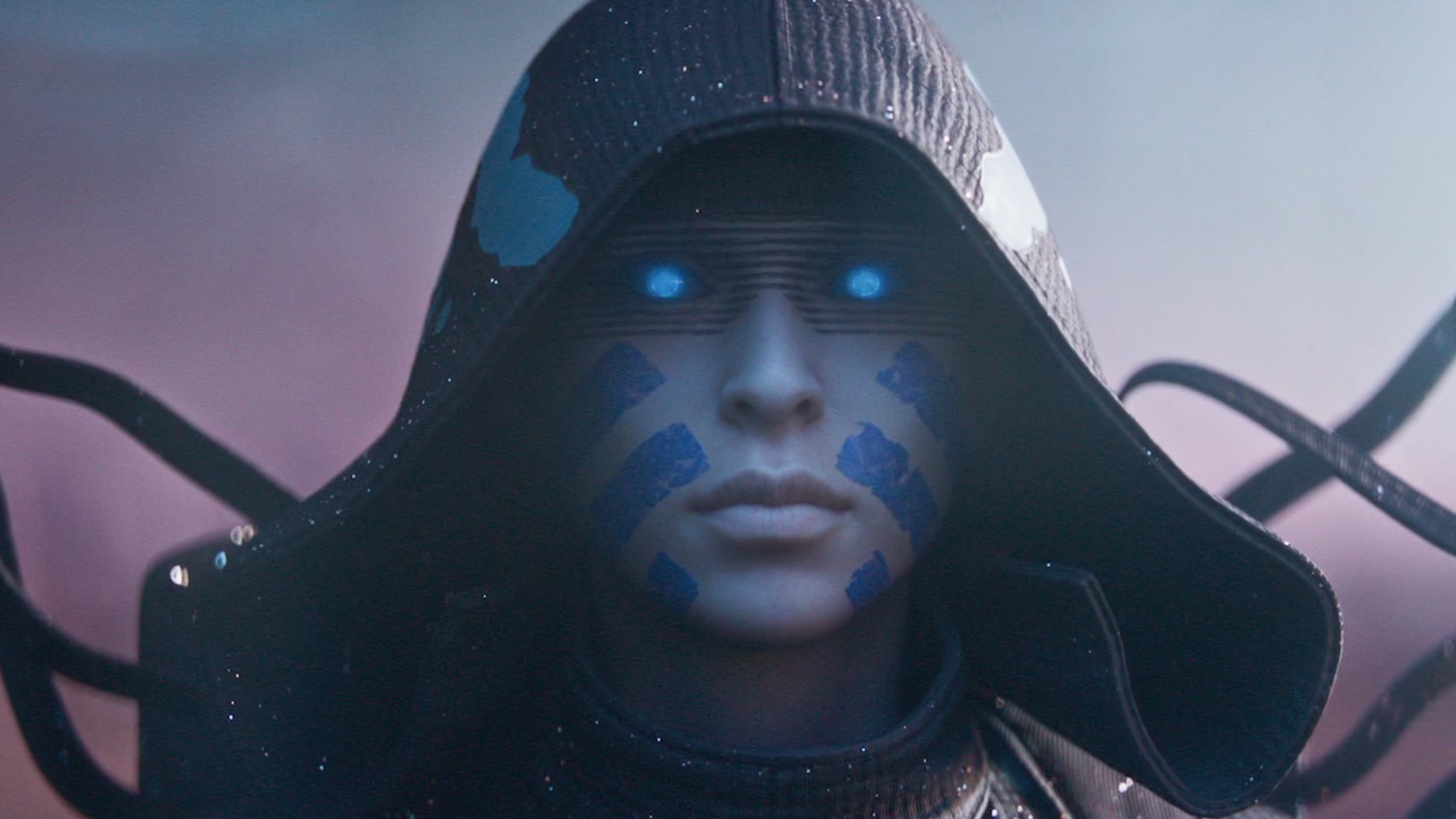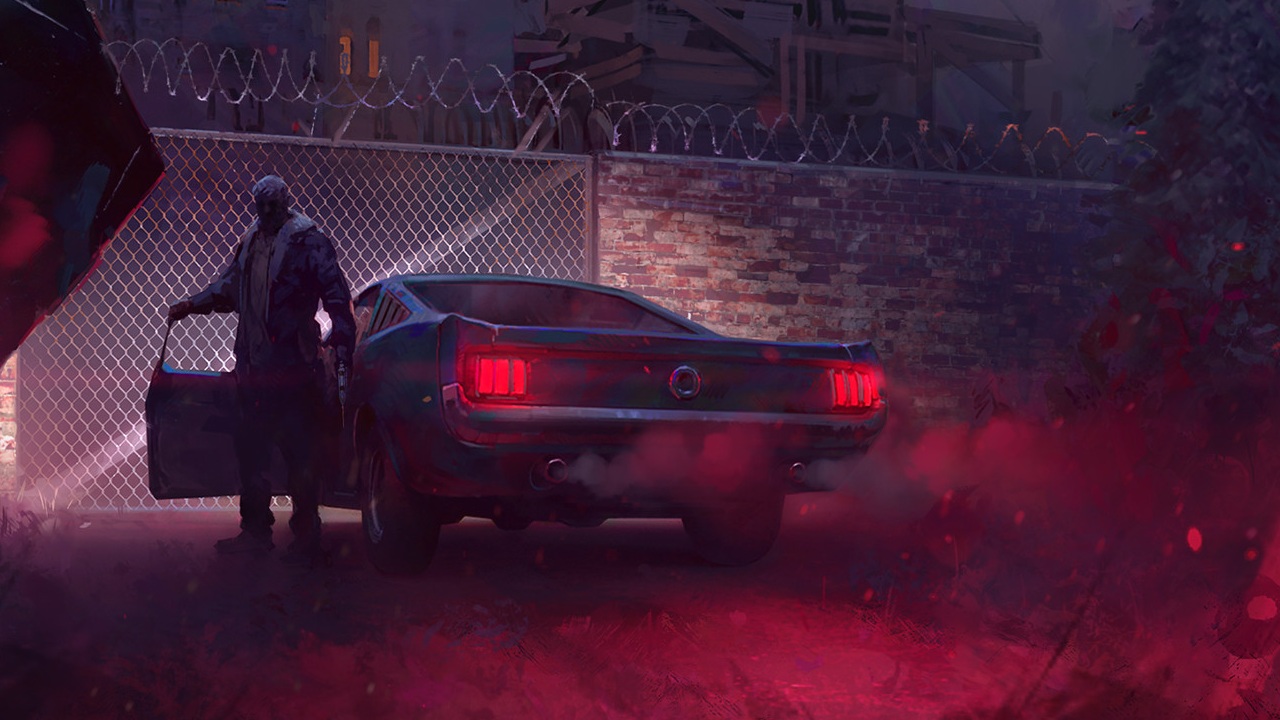Our Verdict
Story aside, this would be one of Destiny 2's more forgettable campaigns. But thanks to its wide-ranging overhauls, it's become memorable for all the wrong reasons.
PC Gamer's got your back
The Edge of Fate marks a landmark shift for Destiny 2. It's both the launch of a new saga—an attempt to hook players into a bold new direction for the game's story—and a massive change to Destiny's most fundamental progression systems. Seasons are gone. Loot has been overhauled. The very structure of the activities you play is so radically different that its iconic menu screen of different worlds has been desaturated to signify the move towards something new.
What is it? The seventh Destiny 2 expansion, kicking off a new saga for the game.
Release date July 15, 2025
Expect to pay $40/£35
Developer Bungie
Publisher Bungie
Reviewed on Ryzen 7 3700X, 32GB RAM, RTX 3080Ti
Steam Deck Unsupported
Link Official site
As a story, it succeeds. The expansion takes some big narrative swings, and follows through with most of them, seeding new concepts and characters that the story can build on while still retaining a sense of mystery and adventure. Since Shadowkeep we've been on a fixed course towards a confrontation with the Witness. Now, at the beginning of this new saga, it feels like future expansions could be anything—liberally picking from Destiny's dense tangle of lore threads while building towards the vague threat gestured at during The Edge of Fate's final moments. It's an exciting place for Destiny's story to be. Unfortunately the game that story is built upon feels worse to play in almost every way.
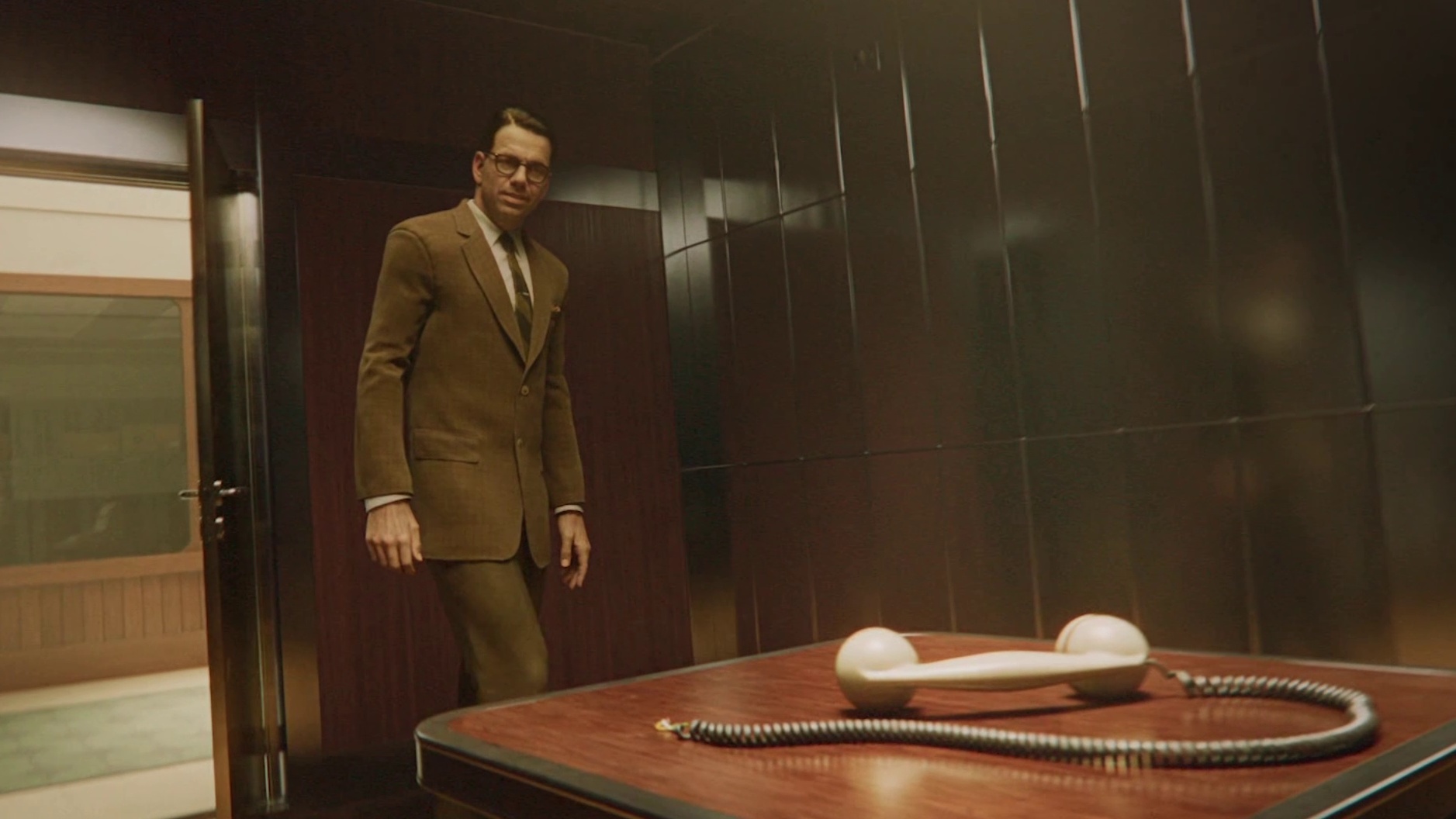
Sure, the moment-to-moment gunplay is still strong; the feel of the game's most basic interaction—shoot gun, pop head—remains intact. But around that core so much has changed, and almost none of it for the better.
Cult of singularity
The new destination this time around is Kepler, a planetoid in the outer reaches of the solar system. We're called there via a mysterious invitation, and discover a black hole that, if left unchecked, threatens to consume the entire solar system.
As a location, it does its job well enough. Its central hub is a scientific outpost for the Aionians, the descendants of a community of Golden Age humans who have made a religion out of science. In many ways, it feels more lively and populace than Neomuna—actual NPCs, and not just electric blobs representing the vague concept of a population. Plenty in the community have complained about Kepler's reuse of assets, the bits of Titan, the Tangled Shore and Io that help tie it all together. Your mileage may vary here, but ultimately it didn't bother me. It all fits together well. The bigger issue is that, outside of the campaign's big, final reveal, there's very little spectacle to be found.
Kepler's tangle of caves, warrens and outposts just doesn't have the same atmosphere and identity as previous Destiny 2 locations. There's nothing on par with the abstract symbolism of The Pale Heart, the moody swamps of Savathun's Throne World, even the neon landscapes of Neomuna.
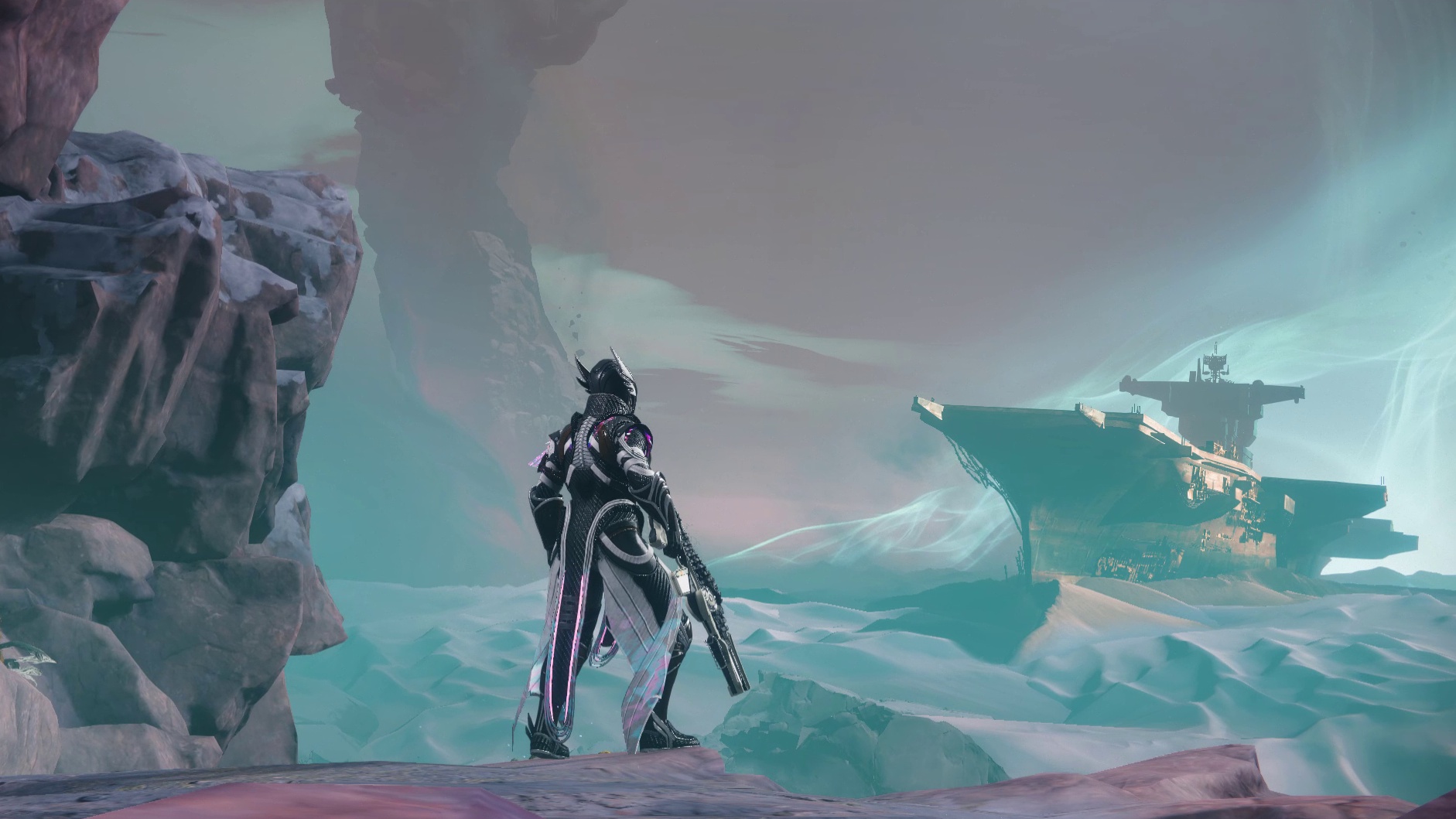
It's an issue throughout the campaign, too. The missions are fine, but rarely ever more than that. The Edge of Fate's campaign is split between larger main missions and shorter 'Time Latch' quests, plus a handful of side stories that amount to little more than hunting down a handful of collectibles. It's lengthy enough, although you'll find yourself revisiting and re-fighting through the same arenas throughout. But there's nothing memorable about any specific objectives. Outside of some excitingly weird cutscenes and fun dialogue from support characters and campy antagonists, it all just blends together.
Keep up to date with the most important stories and the best deals, as picked by the PC Gamer team.
The moment-to-moment gunplay is still strong ... but around that core so much has changed, and almost none of it for the better.
Each mission inevitably ends in a fight against a boss with a segmented health bar, where depleting each section triggers an immune phase you have to overcome before you're allowed to do more damage. It's a perfectly fine trick in moderation—one Bungie is certainly no stranger to—but here it's every damn fight, compounding the issue of how samey everything feels and how prescribed the solutions to any particular fight are.
Kepler's main gimmick is that, as you progress through the campaign, you'll unlock new abilities that are specific to the planetoid itself. Most are pretty basic—if something blocks your progress, the solution will inevitably be nearby. Find a gap you can't fit through? Look for the Relocator Cannon and its associated teleportation pad. Find some glowing scenery blocking your way? There'll be some fungal Mattermorph nearby that manipulates the landscape into a new path.
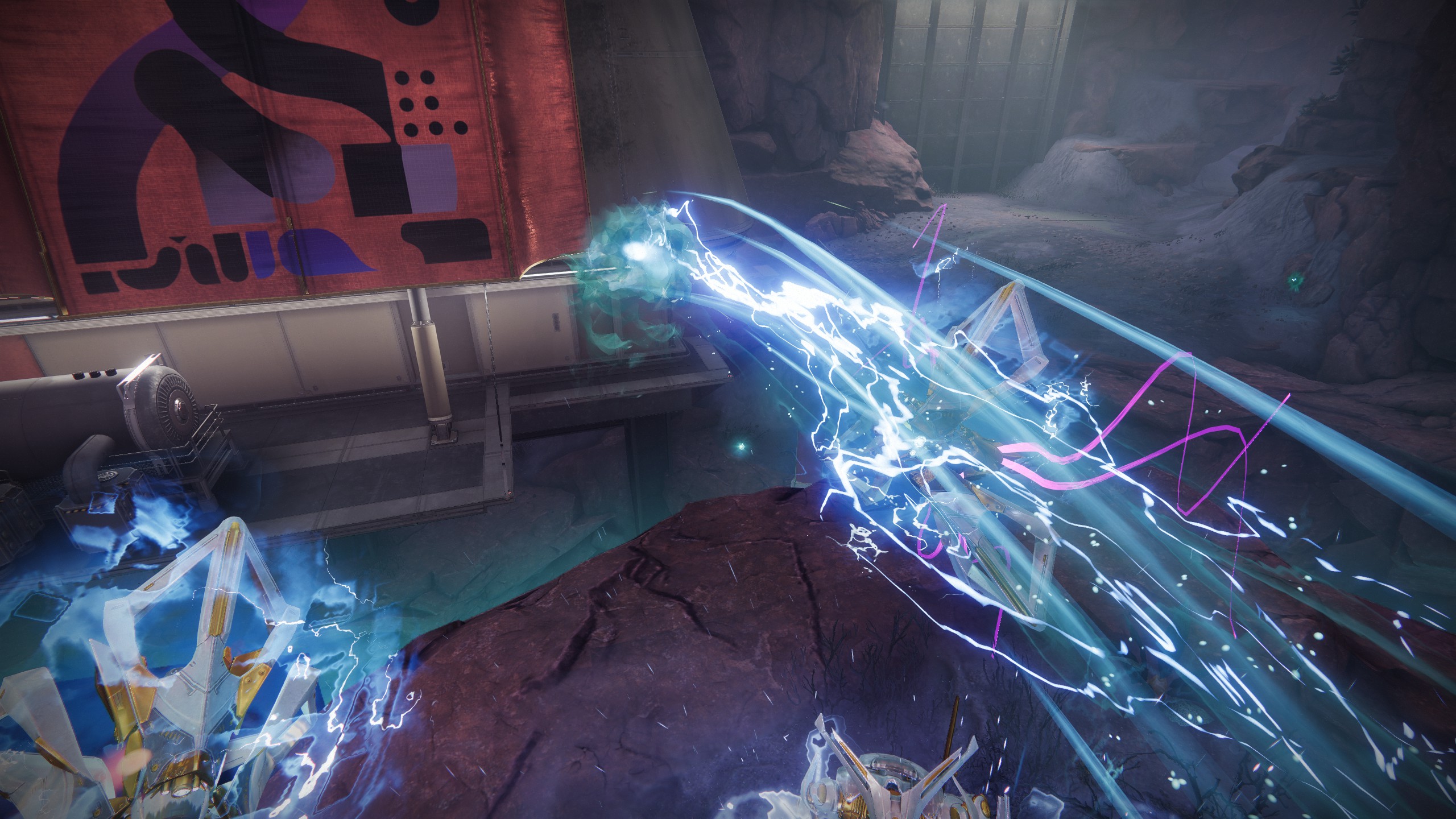
The showcase ability is Matterspark, which is simultaneously the best and worst of the bunch. It lets you turn into a little electric ball that can fit through vents and zip around tunnels. It's heavily overused in the campaign—the only times I was ever stuck, unsure of how to progress, were when I hadn't found the tiny gap I was supposed to roll into. In combat, though, I actually quite enjoy dipping in and out of ball form—using its latter upgrades to escape otherwise deadly situations, recharging my health as I do.
Mostly Kepler's abilities are incredibly rote. It's only in the later campaign missions that you're asked to combine them in something approaching a puzzle—a handful of fun interactions that show potential, but never quite make the most of the tools you've been given. Despite the claims made pre-release—and the fact that, at one point in the campaign you're given the choice between which of two different mission paths you do first—The Edge of Fate is not a metroidvania.
Facts of the Matter
Stating the obvious: Matterspark and its associated abilities are no substitute for proper game-wide sandbox additions. The lack of any new ability options—even just some additional aspects or fragments for one of the existing subclasses—is keenly felt. I'm using the same builds as I was before The Edge of Fate launched, with nothing to look forward to beyond the single new exotic armour piece you unlock for each class by completing the campaign on legendary difficulty. Which, on Warlock at least, was really not worth the effort.
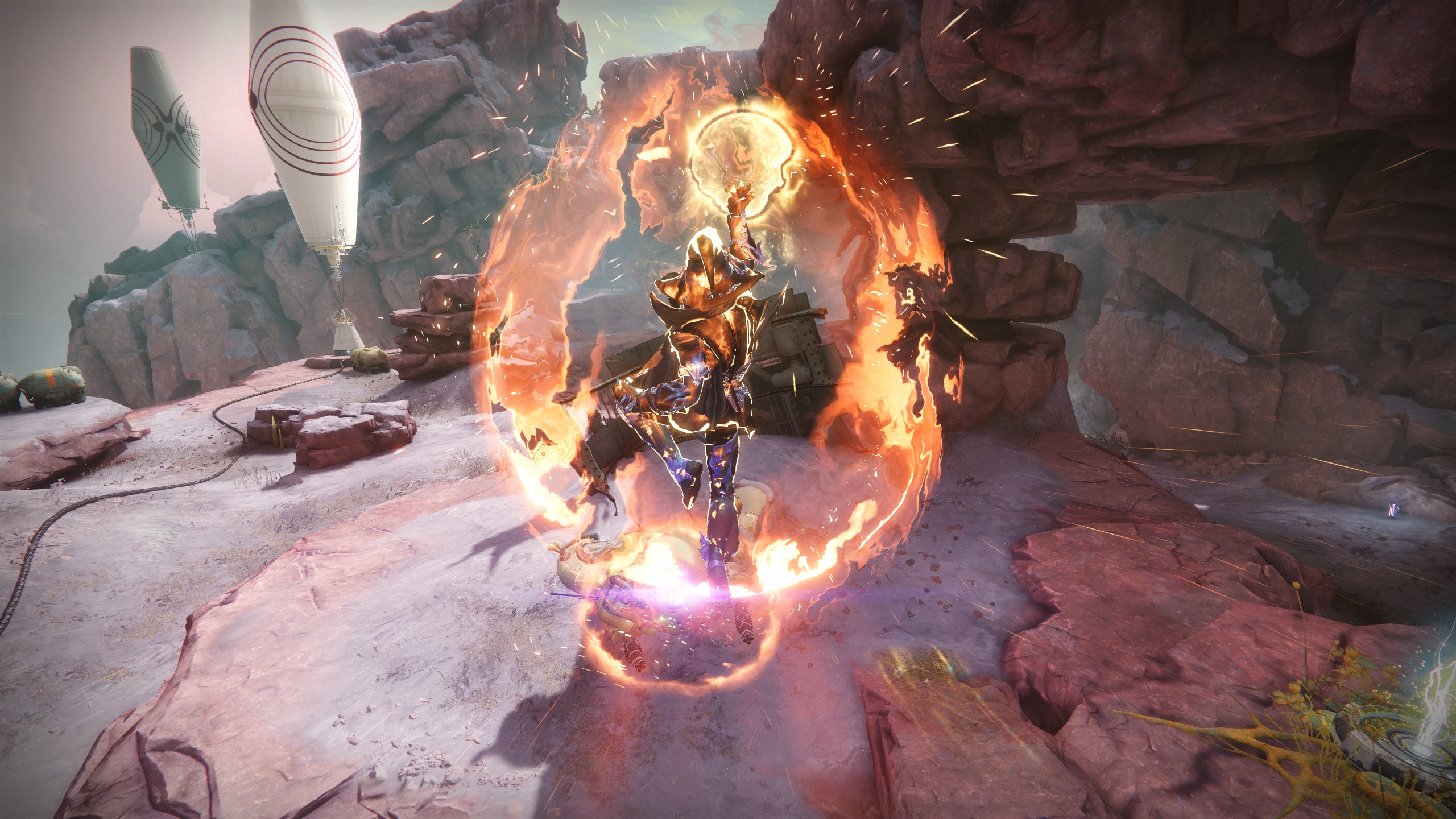
There's a nod to buildcrafting through the armour bonuses you can now earn—passive effects enabled for equipping two or four of the same set of threads. Some are incidentally useful, but many are too niche and situational. The basic two-piece bonus for Kepler's destination armour only activates if you're using a rocket or grenade launcher, which is a poor way to introduce the system to players. I'm just not going to remake my build to take advantage of a minor bonus that only applies for a specific type of weapon. Even when I do actively work to incorporate set bonuses into my builds, I've barely noticed the effects during active play.
The extra twist of the knife here is that my builds—the same ones I've been using throughout the last year—generally feel worse than they did before. Bungie has overhauled armour stats for The Edge of Fate, and while the new system has some advantages, it also means you'll likely feel much weaker without some significant investment.
The benefit of the new system is that stats are more useful and desirable than they were before. Nearly all of the stat types are worth investing in to a greater or lesser extent, with extra bonuses available if you exceed the previous cap of 100. Put 100 stat points into melee and it will charge faster. Go over that number—up to 200—and your charged melee will also do more damage.
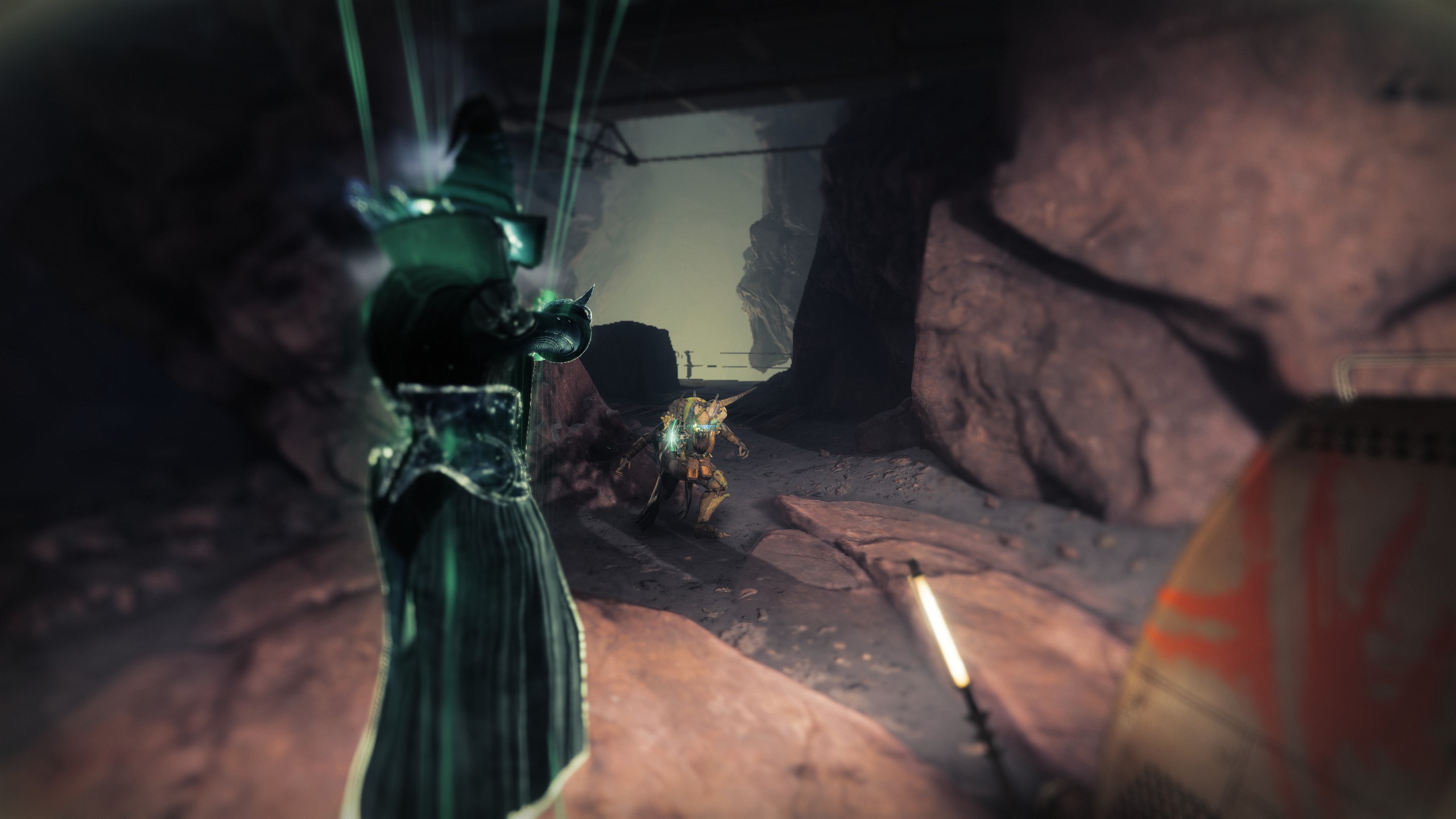
There is the framework of a system I like here. You are rewarded for building into the options most valuable to your build, which makes a lot of sense. But I'd argue that, in the worst cases, Bungie's redesign actively reduces buildcrafting options. Take the new weapon stat, which I fundamentally disagree with as a concept. It increases your damage against minor and major enemies up to 100 points, and then starts buffing ammo and boss damage above it. For all its space magic, Destiny 2 is still first and foremost an FPS. Every build is, at the end of the day, a weapon build.
Sacrificing every interesting part of your build in the name of DPS already feels bad. Not even getting a satisfying payoff for doing so just feels insulting.
If you're running endgame activities—raids, dungeons, or even just exploring Kepler on the new Mythic world tier difficulty—the weapon stat is basically mandatory. That's not just because of the increased damage, although it's a nice bonus. It's because ammo generation is now something you have to actively build into if you want even a sniff of a heavy brick to help you bring down a boss.
Ammo is more deterministic now—a set of progress bars tell you when your next heavy and special ammo drop will occur. This is ostensibly an improvement, but the current implementation is just so wildly stingy about how much ammo each brick now grants.
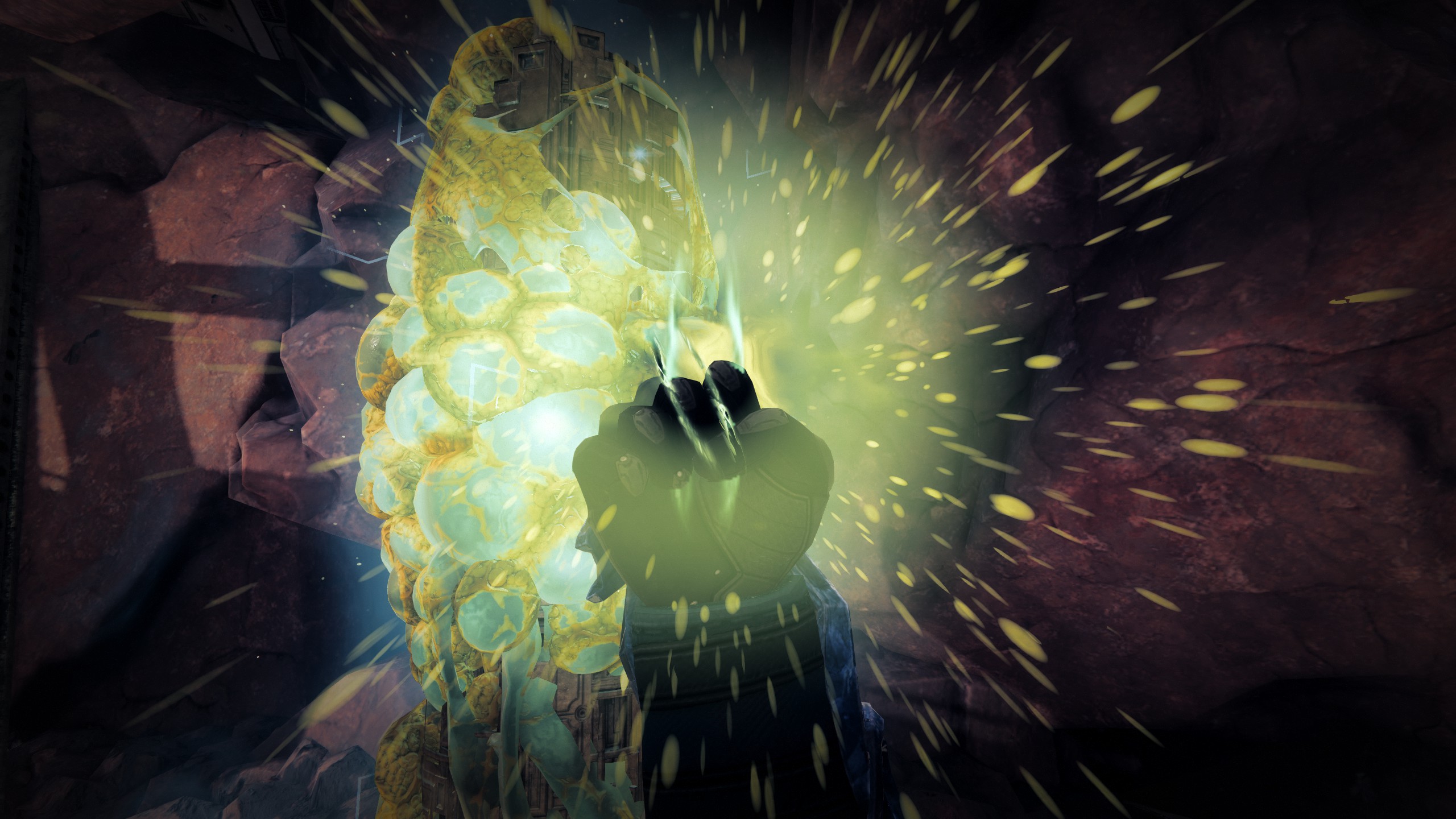
I was building as heavily as I could into ammo generation during a recent run of the new Desert Perpetual raid—Abundant Ammo weapon mods, Scavenger armour mods, as many points into the weapon stat as I could spare—but was nowhere near filling my heavy between each damage phase. Sacrificing every interesting part of your build in the name of DPS already feels bad. Not even getting a satisfying payoff for doing so just feels insulting, especially for something that should be a standard expectation for a looter shooter.
The weapon stat is the big outlier, but even outside of it stats are inconsistent in their usefulness, particularly how much they penalise you for not investing into them. It's not just that you get less passive ability regeneration for low investment into grenade or melee or super ability—it's that you also get less benefit from additional sources of energy gain. Before, you could compensate for stat deficiencies through mods and aspects and weapon perks. It's why nobody invested in the Intellect stat, because orb generation perks were so common. Now, the new super stat actively reduces the amount of energy gain that orbs of power give.
That means external sources of healing—Devour, Restoration, Heal Clip—are even more desirable, because they let you completely sidestep investing into the health stat. At the other end, energy generation perks like Demolitionist or Attrition Orbs are slightly less valuable, because you have to also invest in the targeted stat to receive their full benefit.
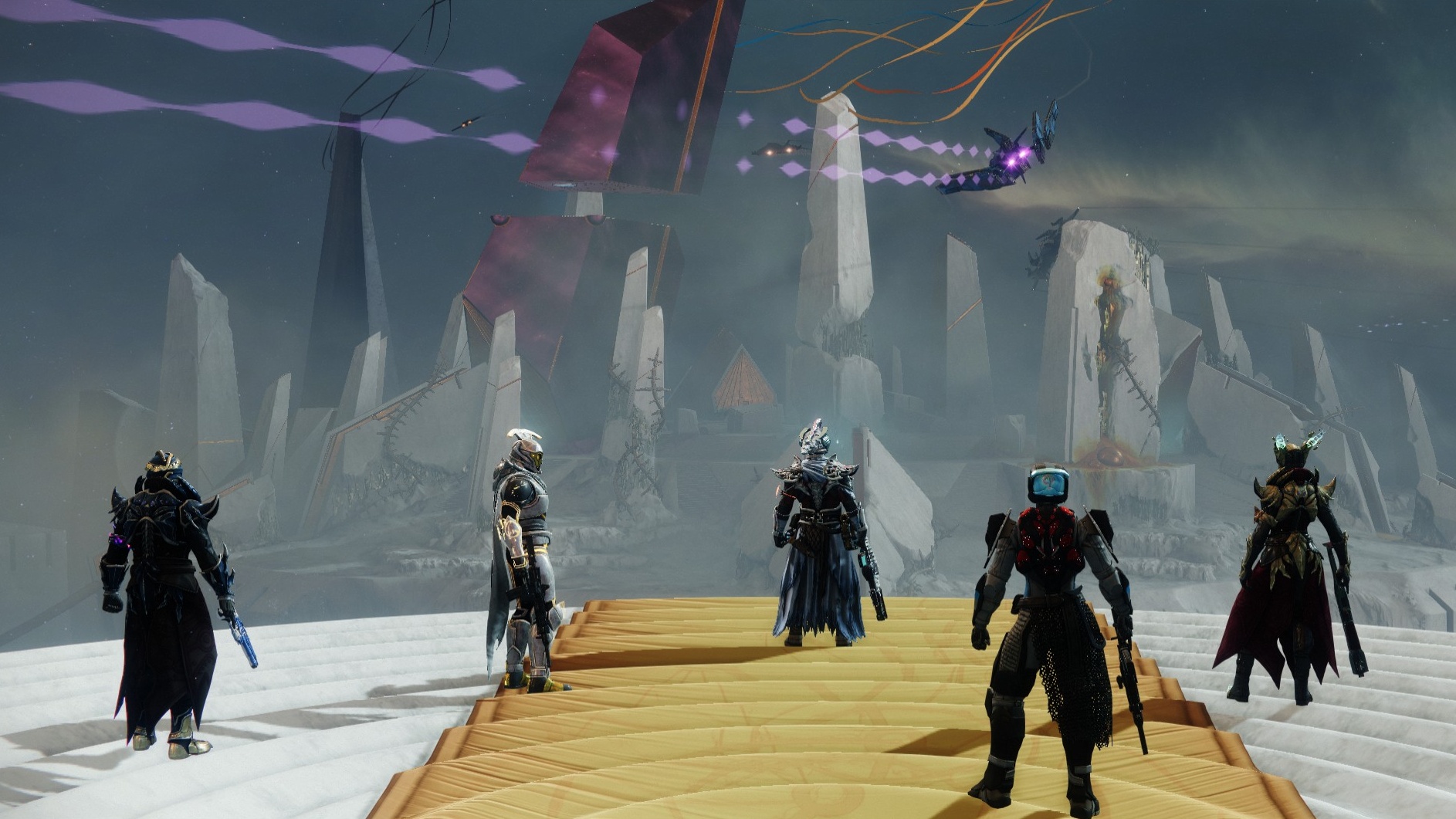
And that's to say nothing of the sweeping round of nerfs seemingly deployed to mitigate the potential power creep of players investing as heavily as possible into a meta build's target stats. Some build options are outright improvements, sure. Others just feel less impactful, even if you've fully bought into their strengths.
Thinking with Portal
The theoretical bright spot of the new armour system is that it's possible to gain more stat points than before. I say theoretical, because getting to where you're consistently earning high-stat gear is going to involve a truly monumental amount of grinding.
Armour and weapons are tiered now. A tier one gun, for example, is just a gun—two perks, a mod slot, the standard stuff. Higher tiers give extra bonuses—enhanced perks, enhanced mods, two perk options per column, and so on. By tier five, you're getting the works: everything enhanced, three perks per column, unique ornaments, the lot. Armour works the same way, with much higher stat rolls for tier five drops—a major boon given the extra investment required under the new system.
Actually earning tier five loot, though, feels out of reach of all but the most dedicated players. You'll only unlock tier four and five loot at the highest difficulty levels, which you can only access by raising your power level. That means grinding. A lot of grinding.
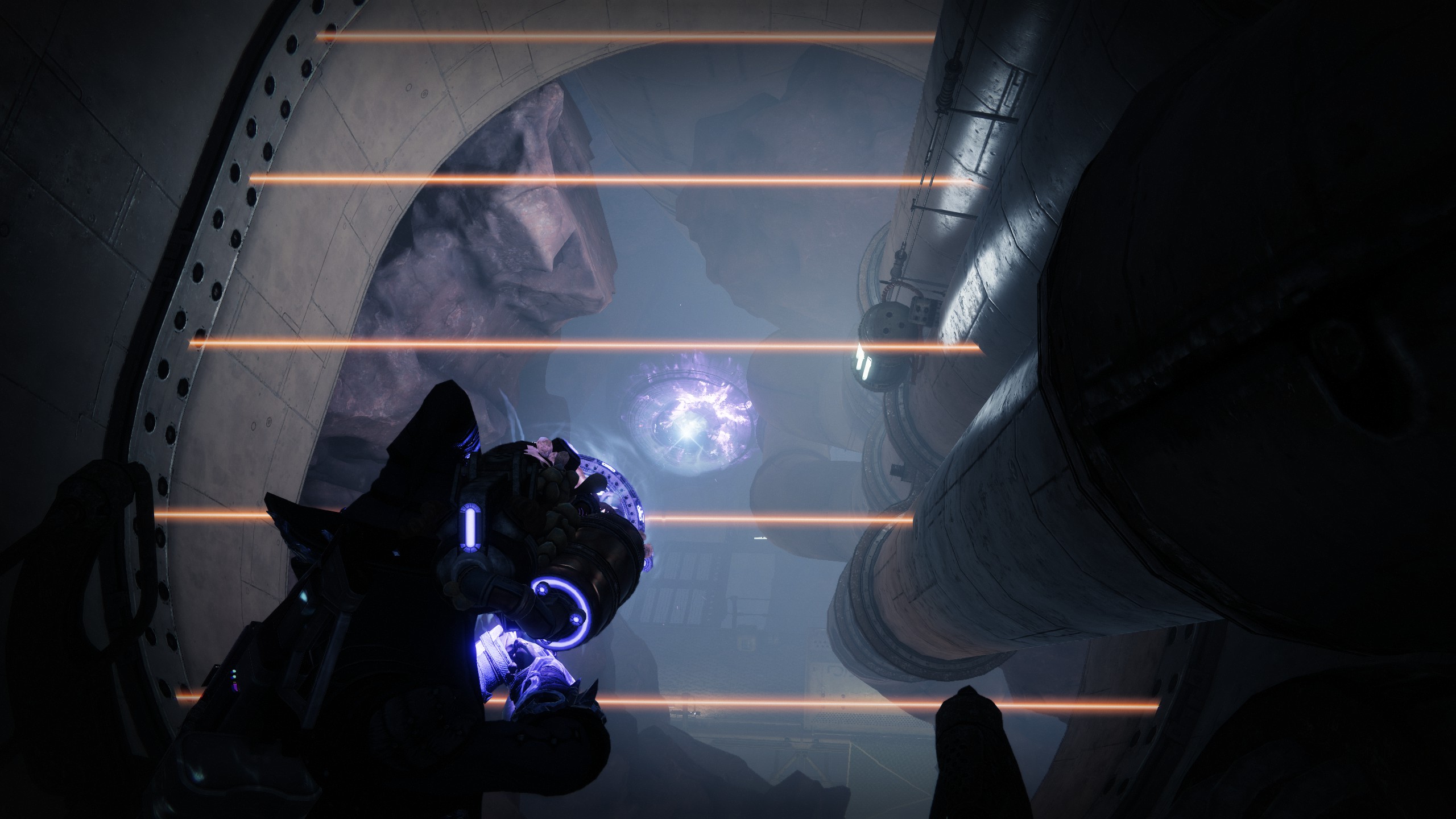
This is what Destiny 2 is now. The new "season"—Reclamation—doesn't feature a new activity or any additional story. Instead, it all takes place in the 'Portal'—the new hub that houses the game's reworked power grind, and thus the pursuit of better gear. There are four options here: Solo Ops are a selection of short missions you can complete on your own; Fireteam Ops contain three-person activities; Pinnacle Ops house longer, more involved activities; and Crucible Ops is for PvP.
You select an activity, customise its difficulty, then run it to earn some rewards. And then you do it again, and again, and again.
If you've played Destiny 2 for any length of time, these will all be activities you've done before: Strikes, Battlegrounds, exotic missions, Onslaught. Some, like Empire Hunts, you probably haven't touched for years—a decent way to get some extra life out of old expansion missions. The Solo Ops are technically new and decently fun, but ultimately they're just a series of short, basic objectives that all take place on a section of an existing destination—a repurposed Lost Sector, or part of an old (potentially removed) campaign mission. I've been to The Salt Mines more in the last two weeks than I have since the Red War.
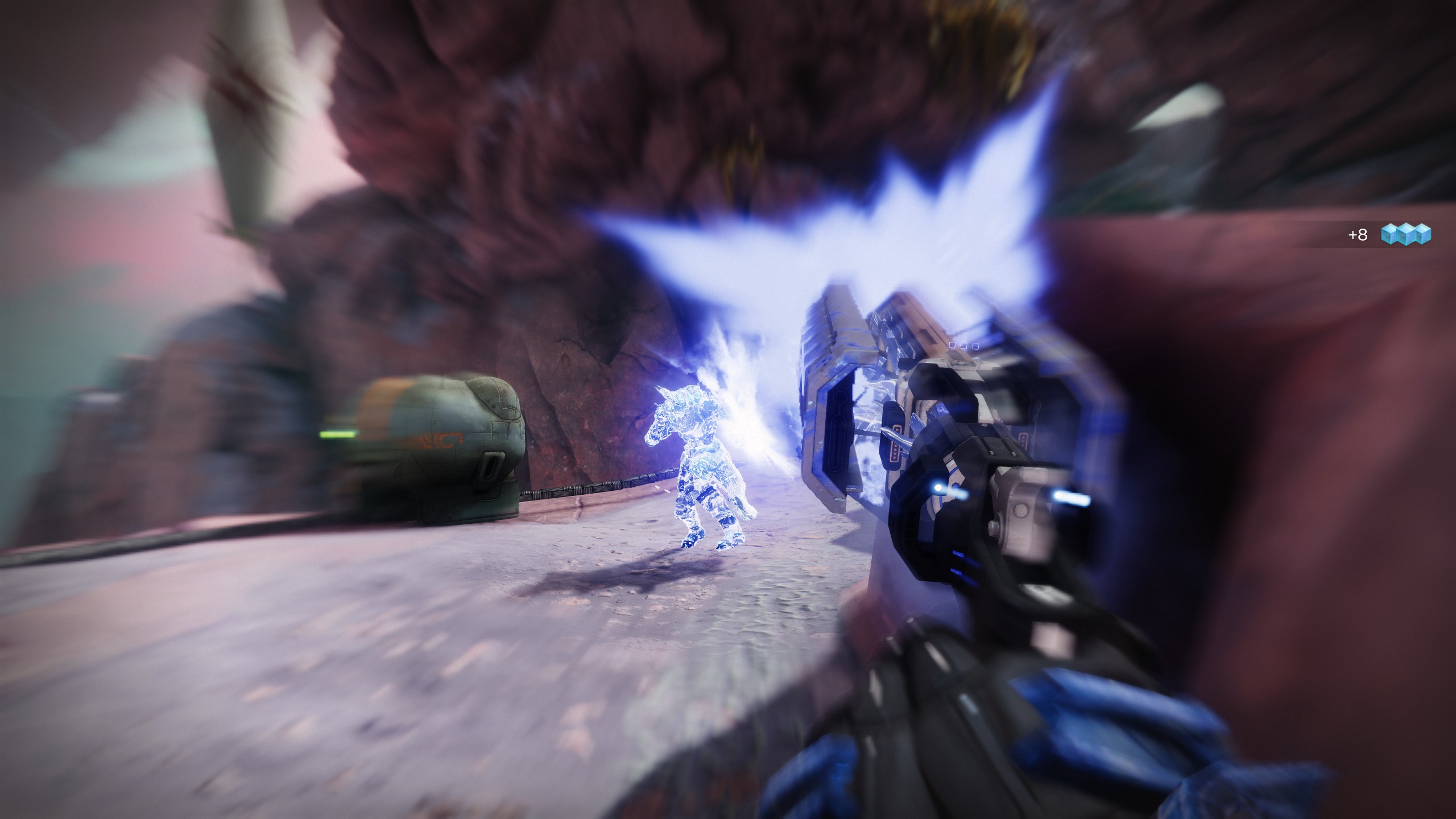
There is the foundation of something workable here, the potential to expand into a fully-featured list of options both new and old. But currently there's just far too little to do. The Pinnacle Ops selection contains just three missions—the fourth was removed because players discovered it was the most efficient way to grind and were speedrunning it ad nauseum.
It's baffling to me that the system didn't launch with something fresh—a new three-player activity that could showcase the Portal's future potential. If the idea is that new destinations like Kepler will feature their own bespoke abilities, why is Kepler so underrepresented in the Portal—relegated to a single Solo Op?
The power climb to the new soft cap of 200 is relatively painless—every piece of loot you earn at this point is an increase to your overall level. I was around 150 when I finished the legendary campaign, and it didn't take long to make it the rest of the way. After 200 is when you switch to earning 'seasonal power', which is gained exclusively through Portal activities—up to the new cap of 450. I have played a decent amount over the last two weeks, but right now am only at around 250 power. Progress feels agonisingly slow.
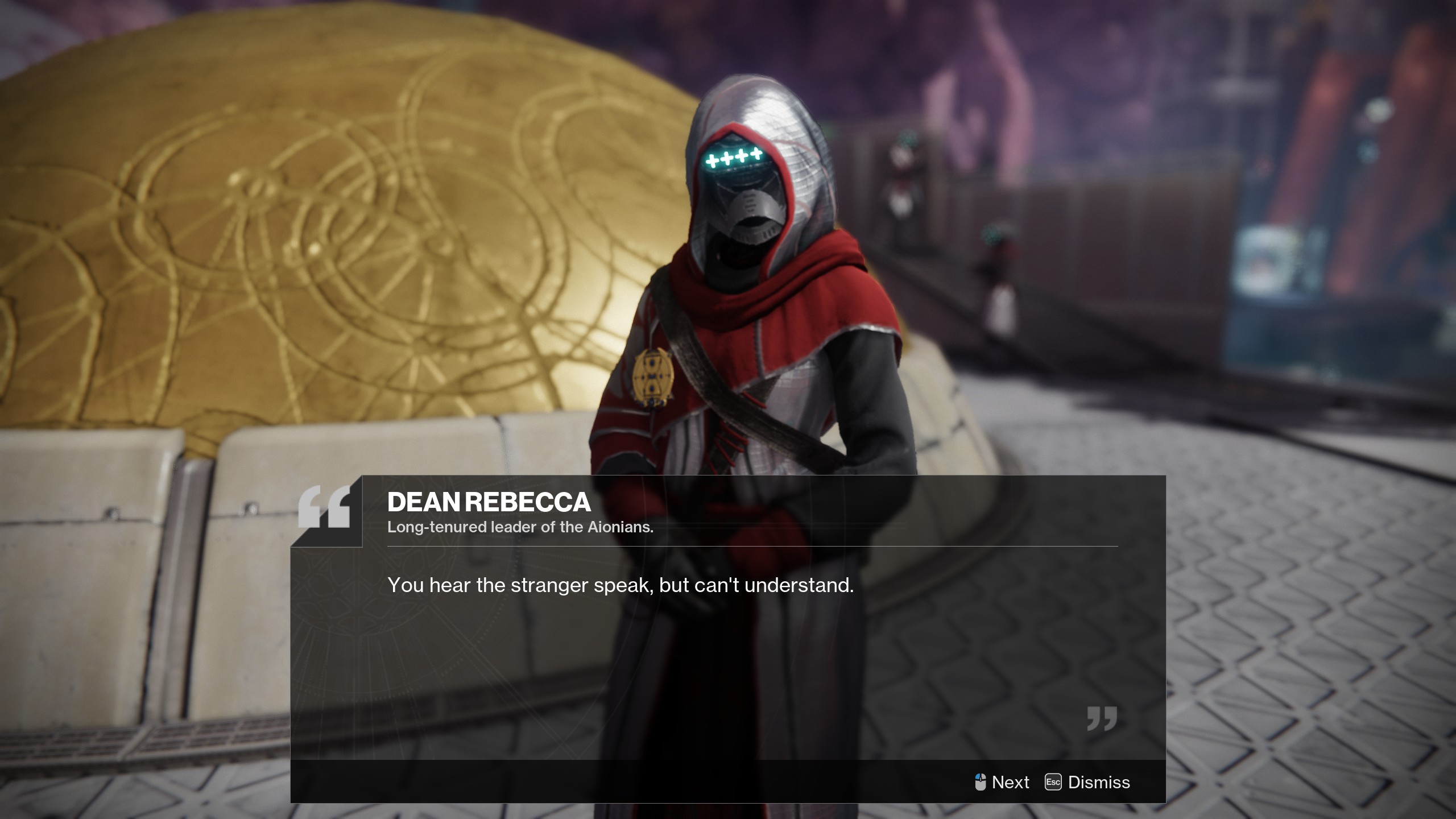
This grind will only count for this current season. In December, when Renegades launches, players will be reset back to the soft cap—ready to do it all again. Progress is fleeting. The climb is the game now. And that means continuously slogging through hours of years-old content, earning worse loot before you can make any headway to improving your stats and builds.
Bungie has taken the worst elements of multiple live-service grinds and combined them into something nonsensical that feels terrible to interact with over any serious length of time.
This grind is made worse by the fact that power doesn't actually have a purpose beyond locking you out of accessing the harder difficulties that grant the best tiers of weapons and armour. In matchmade activities, you will always be weaker than your enemies—no matter whether you're level 250 or 450.
Somehow, Bungie has taken the worst elements of multiple live-service grinds and combined them into something nonsensical that feels terrible to interact with over any serious length of time. We have a longer power climb, but that level does nothing to actually help you grow in strength. It feels bad on a psychological level—a nakedly artificial grind.
Rough around the Edge
Usually at this point in a Destiny 2 expansion, I'd have no shortage of things to do. A couple of weeks after The Final Shape launched, I still had a lengthy checklist of activities to complete and loot to acquire—so much so that I'd barely touched its new seasonal activities. Here, two weeks after The Edge of Fate's release, I've seen it all.
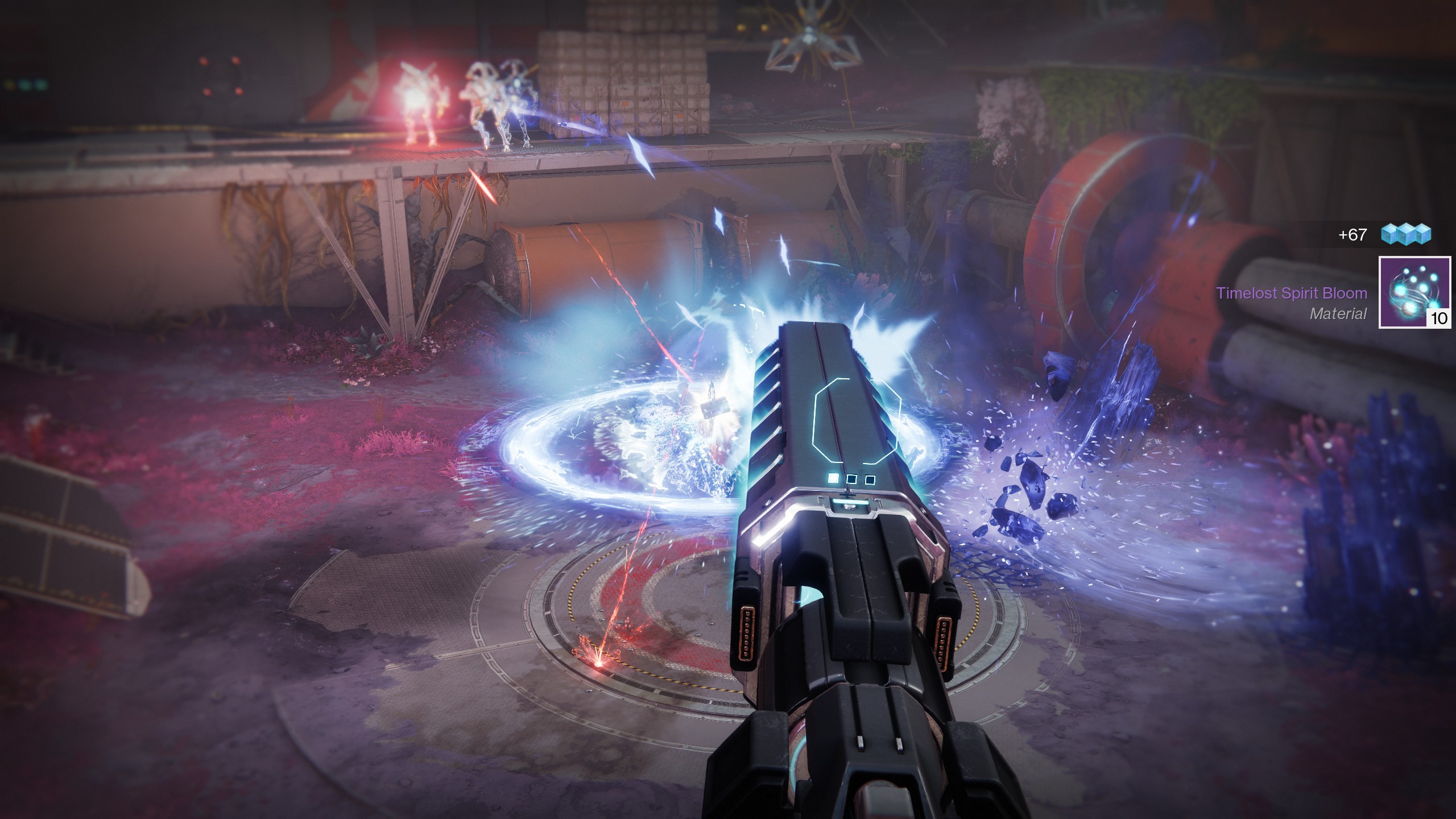
After The Edge of Fate campaign, you unlock a single exotic quest—a trivial collectathon across Kepler—and a new activity, Sieve, available on a timer for 30 minutes every two hours. Beyond that, the only endgame to speak of is repeating the campaign again on higher difficulties.
Over in the Portal, I'm also experiencing the fatigue of repetition. I'm playing activities that have been in the game for years in order to earn loot that's worse than what I had equipped before the expansion launched, all for the chance to one day—tens or even hundreds of hours of grinding from now—be able to earn a meaningful improvement to one of my builds.
It was always going to be impossible for Bungie—a studio that has historically struggled to match its playerbase's hunger for new activities—to create two expansions a year without a major drop in how much stuff each one contains. But let's look at it another way: The Edge of Fate is only $10 less than The Final Shape at launch, and yet it offers the player exponentially less to do. It's simply bad value for money; a good story attached to a middling campaign tied to a disastrous overarching structure that demands too much of its players with too little in return.
Story aside, this would be one of Destiny 2's more forgettable campaigns. But thanks to its wide-ranging overhauls, it's become memorable for all the wrong reasons.

Phil has been writing for PC Gamer for nearly a decade, starting out as a freelance writer covering everything from free games to MMOs. He eventually joined full-time as a news writer, before moving to the magazine to review immersive sims, RPGs and Hitman games. Now he leads PC Gamer's UK team, but still sometimes finds the time to write about his ongoing obsessions with Destiny 2, GTA Online and Apex Legends. When he's not levelling up battle passes, he's checking out the latest tactics game or dipping back into Guild Wars 2. He's largely responsible for the whole Tub Geralt thing, but still isn't sorry.
You must confirm your public display name before commenting
Please logout and then login again, you will then be prompted to enter your display name.
